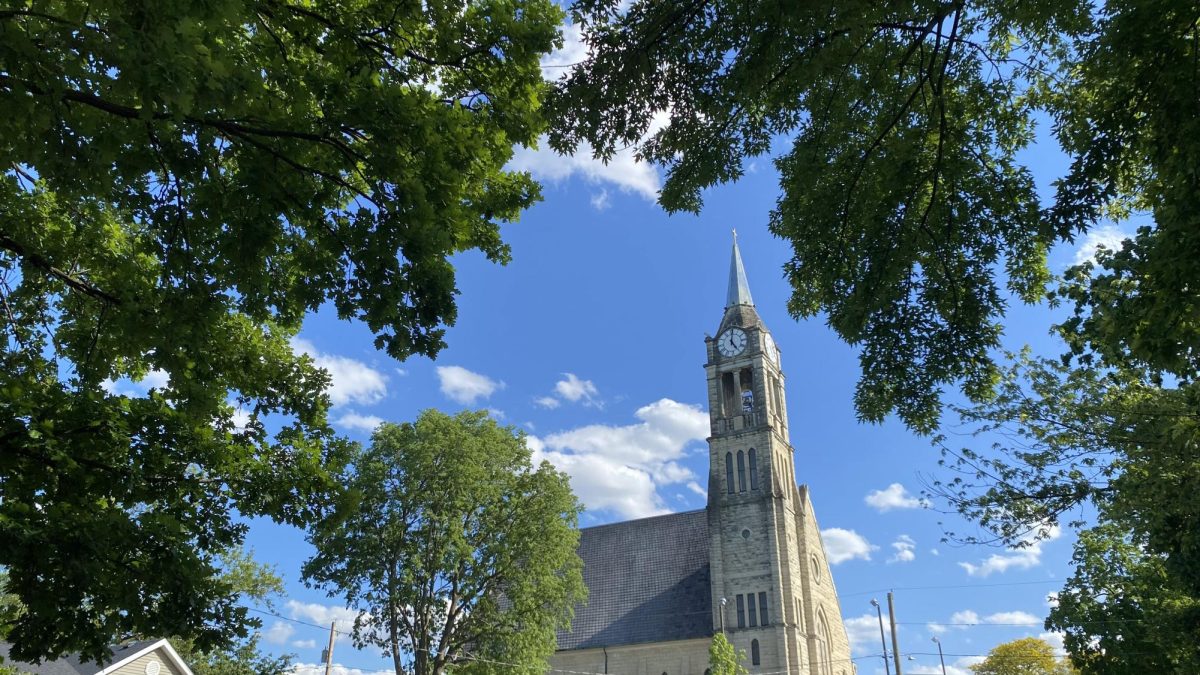Rest in Power; The Legacy of Ruth Bader Ginsburg
October 6, 2020
For 27 years, Ruth Bader Ginsburg was a supreme court judge advocating for women’s rights and gender equality. Appointed in 1993, by President Bill Clinton, she became the second female justice in the United States of America.
Ginsburg was born in 1933 in Brooklyn, New York and is the second daughter of Cecelia and Nathan Bader. Her older sister Marilyn Bader passed away at the age of six due to meningitis. She comes from a Jewish, low income, and working class family. Ginsburg was always at the top of her class and was involved in an abundant amount of extracurricular activities. Unfortunately, her mother was diagnosed with cervical cancer her freshman year of cancer and passed away two days before she graduated high school.
She attended Cornell University and ended up graduating with the highest GPA for women in her class. While Ginsburg was at Cornell University, she met her husband, Martin (Marty) Ginsburg, who was also a law student. Ginsburg once marvelled that Marty was, “the first boy who I knew that cared I had a brain.” The two got married in 1954 shortly after they both graduated from Cornell University and a year later they had their first child, Jane Ginsburg.
A little over a year after her daughter was born, she attended Harvard Law School. Ginsburg faced what she would call them “many indignities” because of her gender. Men would not allow her into certain parts of the library and was also asked to “…justify taking the place of a man”.
Even though Ginsburg only went to Harvard for two years, she received her law degree from Columbia University. Ginsburg became the first female member of the Harvard and Columbia Law Review in 1959. In the middle of Marty trying to get his law degree, he was diagnosed with testicular cancer. Ginsburg juggled making sure all of their work was completed while also taking care of her toddler. Marty underwent two operations and radiation therapy to treat testicular cancer.
Years later, Ginsburg became a professor at Rutgers University School of Law from 1963-1972. While she was a professor at Rutgers, she became worried that she would not be rehired because she had become pregnant with her second child. Ginsburg was hired as a professor in Colombia’s history and became the first female to become a tenured professor at Columbia University. In 1973, she launched the Women’s Rights Project of the American Civil Liberties Union (ACLU) and served as the general counsel up until 1980.
On June 14th 1993, President Bill Clinton nominated Ginsburg to become the next supreme court justice. Ginsburg was officially appointed on August 3rd, 1993, by a vote of 96-3 which made her the second woman to become a supreme court justice. Two of her biggest cases were Bush v. Gore and Obergefell v. Hodges. The ruling of Bush v. Gore was that there would be that a statewide recount would violate the Equal Protection Clause of the 14th amendment. Obergefell v. Hodges allowed same-sex marriage throughout all 50 states of the United States of America.
Ruth Bader Ginsburg had many accomplishments throughout her lifetime and led a life of legacy. On September 18th, 2020 Ginsburg passed due to pancreatic cancer. Ginsburg had been dealing with stage four pancreatic cancer for 11 years. She has become a role model towards all women and encourages them to stand for what they believe in.





